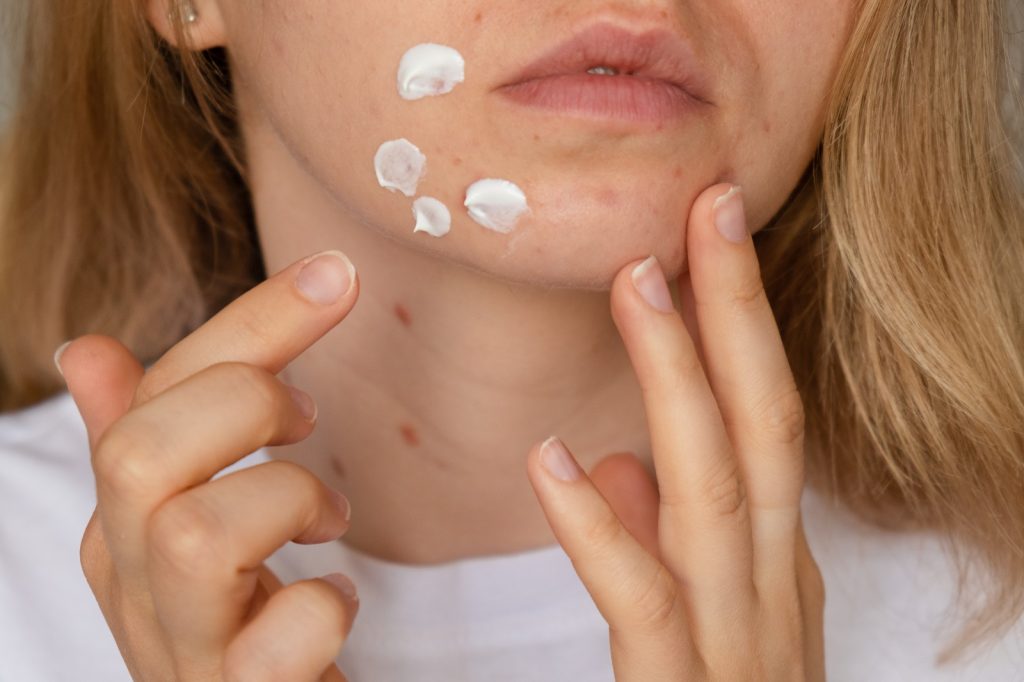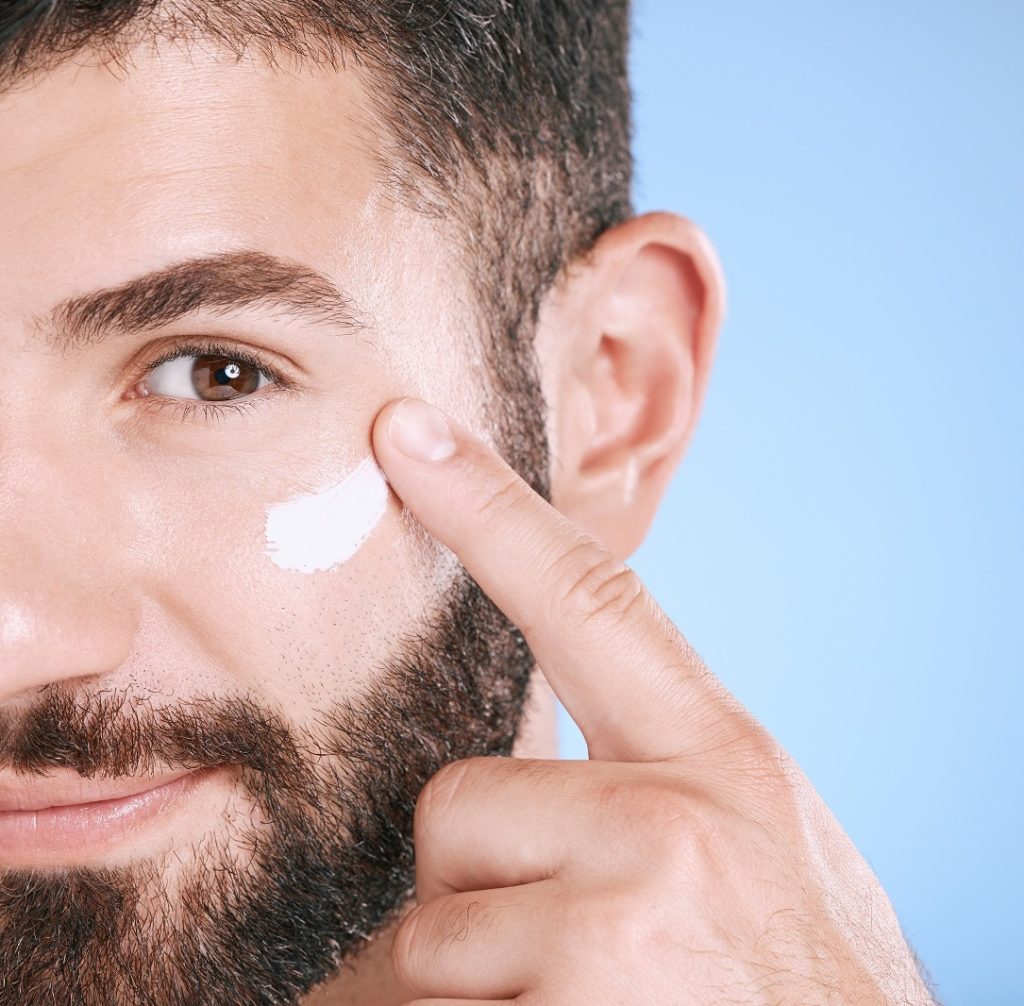Treatment for Melasma in Lahore
Melasma Treatment Demystified: How to Get Rid of Those Dark Patches
Melasma is a common skin condition that can be difficult to manage. It is characterized by the appearance of brown or grayish patches on the face, typically on the cheeks, forehead, and upper lip. Melasma is often triggered by hormonal changes, sun exposure, and genetics, making it a challenge to treat.
However, with the right treatment options, you can reduce the appearance of melasma and achieve clearer, more youthful skin. In this article, we will explore some effective treatment options for melasma, so you can feel confident and comfortable in your own skin.

Understanding Melasma: Causes and Symptoms
Melasma is a skin condition that affects both men and women, but it is more common in women, particularly those who are pregnant or taking birth control pills. Melasma is often caused by hormonal changes, such as those that occur during pregnancy or menopause. Sun exposure and genetics also play a role in the development of melasma.
The symptoms of melasma include the appearance of brown or grayish patches on the face, typically on the cheeks, forehead, and upper lip. These patches may be irregular in shape and can range in size from small dots to large patches. Melasma can be a frustrating condition to deal with, but there are effective treatment options available.
Diagnosis: How to Confirm You Have Melasma
If you suspect that you have melasma, it is important to consult a dermatologist for a diagnosis. Your dermatologist will examine your skin and may use a special device called a Wood’s lamp to help diagnose melasma. This device uses ultraviolet light to help identify areas of hyper pigmentation on the skin.
Your dermatologist may also take a small skin sample, called a biopsy, to help confirm a diagnosis of melasma. Once your dermatologist has confirmed that you have melasma, they can recommend the most effective treatment options for your skin.
Melasma Treatment Options: Overview and Comparison
There are several effective treatment options available for melasma. These treatment options include topical creams and serums, chemical peels, laser therapy, and microdermabrasion. Each treatment option has its own benefits and drawbacks, and it is important to consult with your dermatologist to determine which option is best for your skin.
Topical Creams and Serums: How They Work and Which Ones to Use
Topical creams and serums are a popular treatment option for melasma. These products work by reducing the production of melanin, the pigment that gives skin its color. Topical creams and serums can be effective for reducing the appearance of melasma, but they may take several weeks or months to produce noticeable results.
There are several different types of topical creams and serums available for the treatment of melasma. Some of the most common ingredients in these products include hydroquinone, retinoids, and kojic acid. It is important to consult with your dermatologist to determine which product is best for your skin.
Chemical Peels: What to Expect and Who Should Consider This Treatment
Chemical peels are a more aggressive treatment option for melasma. This treatment involves the application of a chemical solution to the skin, which causes the top layer of skin to peel off. Chemical peels can be effective for reducing the appearance of melasma, but they may also cause redness, swelling, and peeling of the skin.
Chemical peels are typically recommended for those with more severe cases of melasma. It is important to consult with your dermatologist to determine whether a chemical peel is the right treatment option for your skin.
Laser Therapy: How It Works and Its Effectiveness
Laser therapy is a non-invasive treatment option for melasma. This treatment involves the use of lasers to target the pigmented areas of the skin, which causes the pigment to break down and be absorbed by the body. Laser therapy can be effective for reducing the appearance of melasma, but it may also cause redness and swelling of the skin.
Laser therapy is typically recommended for those with moderate to severe cases of melasma. It is important to consult with your dermatologist to determine whether laser therapy is the right treatment option for your skin.

Microdermabrasion: An Effective and Gentler Option
Microdermabrasion is a gentler treatment option for melasma. This treatment involves the use of a special device to exfoliate the top layer of skin, which helps to reduce the appearance of melasma. Microdermabrasion is a non-invasive treatment option that requires no downtime.
Microdermabrasion is typically recommended for those with milder cases of melasma. It is important to consult with your dermatologist to determine whether microdermabrasion is the right treatment option for your skin.
There are several natural remedies that are often recommended for the treatment of melasma. These remedies include the use of lemon juice, aloe vera, and apple cider vinegar. While these remedies may be effective for reducing the appearance of melasma, they may also cause irritation and redness of the skin.
It is important to consult with your dermatologist before attempting any natural remedies for melasma. Your dermatologist can recommend the most effective treatment options for your skin.
Melasma Prevention: Tips for Avoiding Triggers and Maintaining Clear Skin
Preventing melasma is key to maintaining clear, youthful skin. To prevent melasma, it is important to avoid triggers such as sun exposure and hormonal changes. It is also important to maintain a healthy diet and exercise regularly to keep your skin looking its best.
Making the Right Choice for Your Skin
Melasma can be a frustrating condition to deal with, but there are effective treatment options available. From topical creams and serums to chemical peels and laser therapy, there are several treatment options that can help reduce the appearance of melasma and restore your skin’s natural beauty.
It is important to consult with your dermatologist to determine which treatment option is best for your skin. Your dermatologist can recommend the most effective treatment options based on the severity of your melasma and your skin type. With the right treatment, you can say goodbye to melasma and achieve clearer, more youthful skin.